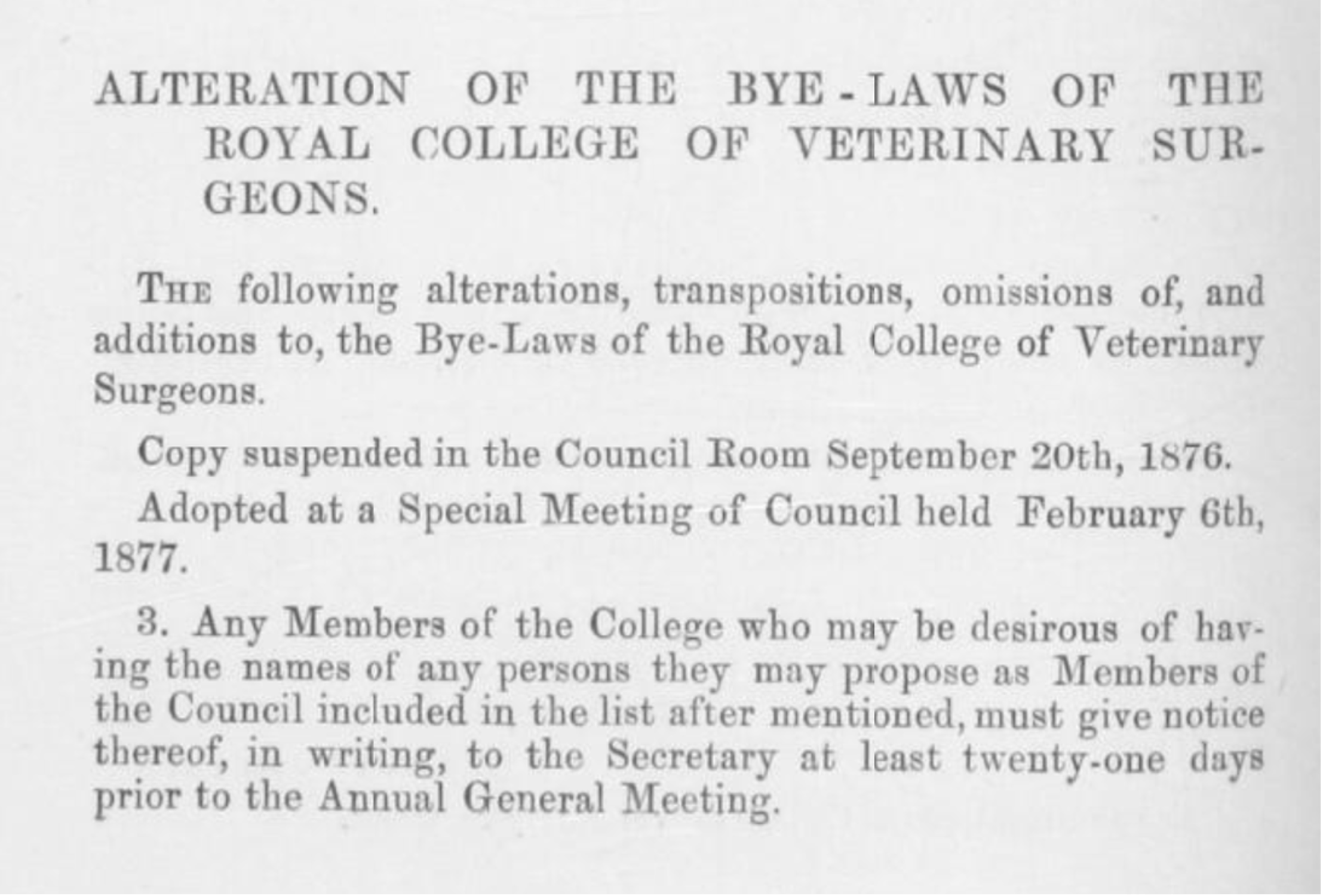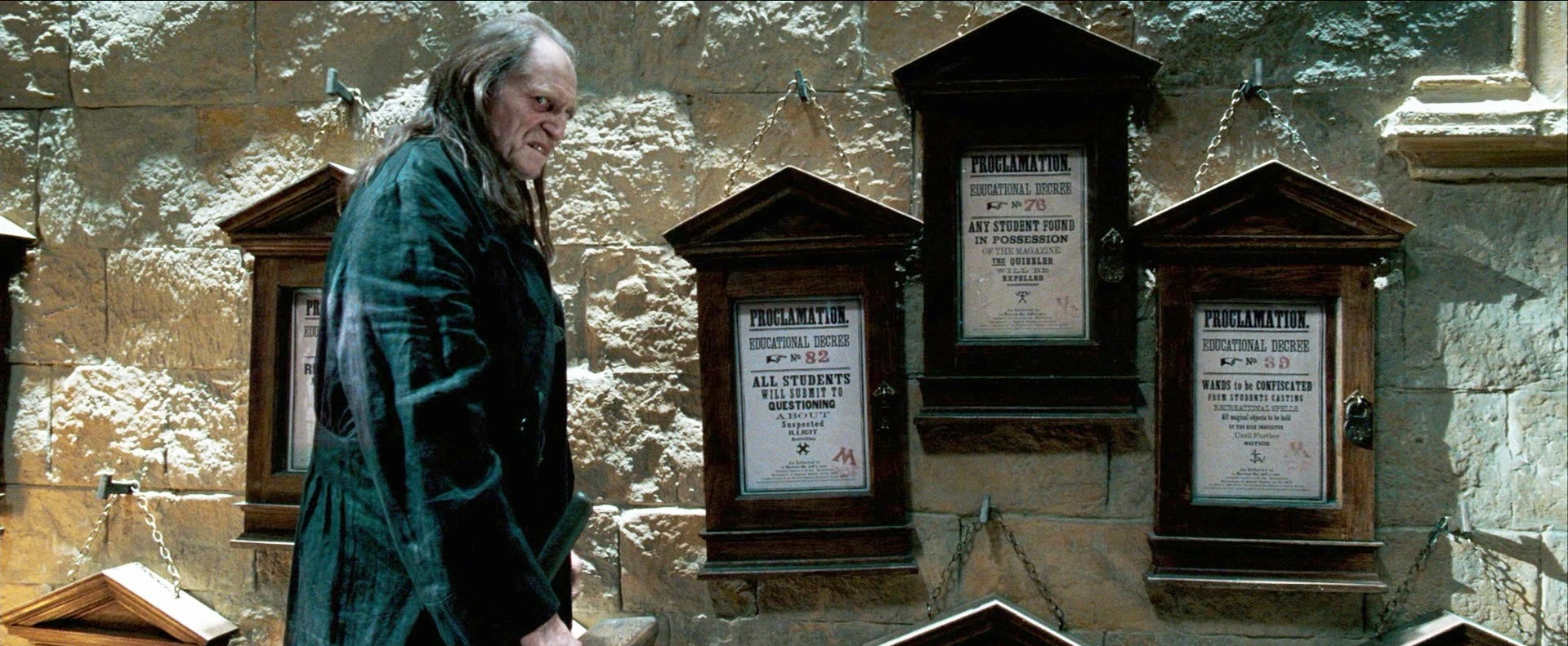I realise more and more that I am writing a second PhD as I try to complete my first…
As I compare original sources with what was reported in the press via The Veterinarian, there are numerous other articles I see that I want to enjoy. But for today’s fun fact from the archives, I am focusing on information that may pop up in my thesis…
The issue I’ll raise is: did the activity below start only once the RCVS had its own building and if so, what was the significance of “suspension”?

To what end?
The desire to have its own building led to the establishment of a “house committee” to both raise funds to buy a building and find a suitable location.
But what was the purpose of suspending information in the council room? Was it communication between council members or a statement of their professional progress?
So, what is this suspension?
A regular comment in the RCVS archives is that a bye-law was “suspended” for three months. For some time I thought it meant it had agreed on the bye-law, or the amended bye-law, and then it was three months until it was applied. I thought this was sensible in a time when the roles and responsibilities of the profession were being negotiated. However, it became clear that I was wrong…
Hung
As in the example above, some reports of council meetings enlightened me that the suspension was an actual one, not a metaphorical one. New bye-laws were written out and suspended in the council meeting room for three months.
This tradition is not continued, which in some ways is sad, but also very practical.
I have visions of the secretary of the RCVS in the late 19th century being like a veterinary version of Argus Filch from Harry Potter during Dolores Umbridge’s reign.

Leave a Reply